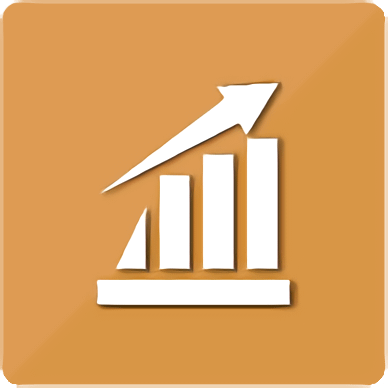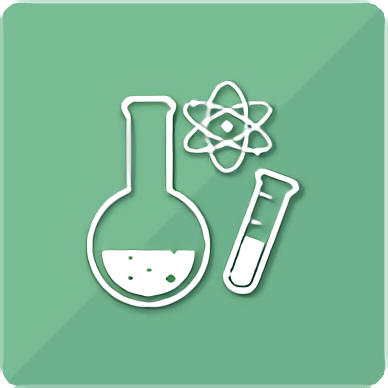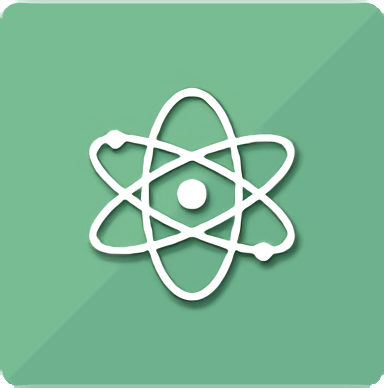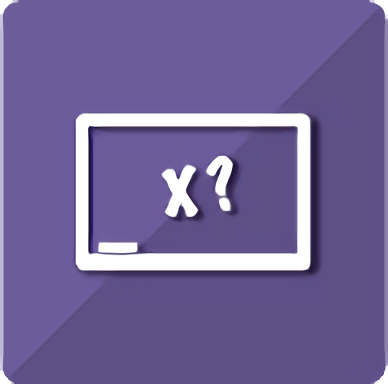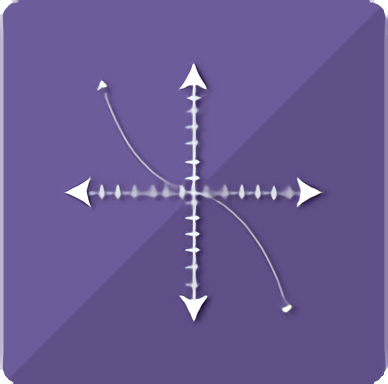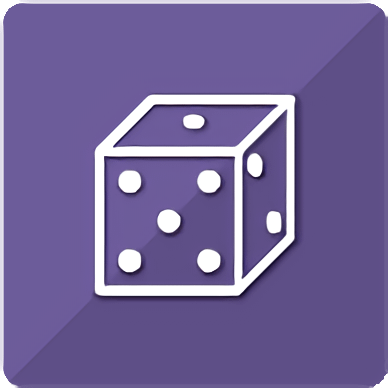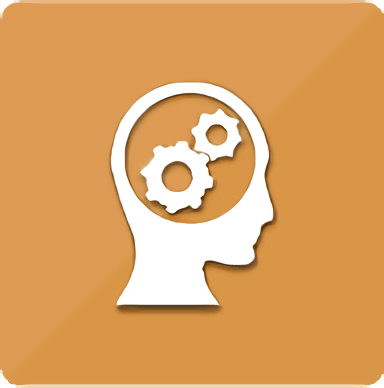Microeconomics [Competency Based] (1st semester)
$250.00Course Description
Microeconomics teaches students about the structure of economics and how it affects world events and people’s everyday lives. Upon completing this course, students have a better understanding of personal finance, the role and process of taxation, and the risks and rewards of investment. The course discusses the need for economic systems, examines the concepts of supply and demand and consumer theory, and evaluates past and present occupation trends. Students compare the mixed economies of various nations; learn about traditional, command, and market economies; and examine the role of government in regulating the economy.
Course Breakdown
Scarcity and choice
Factors of production
Laws of supply and demand
Shifts in supply and demand
Key economic questions
The labor movement Scarcity and opportunity cost
Profit and production
Market economics
Monopolies and oligopolies
Entrepreneurship and partnerships
Government and the economy
Course Goals
Explain that economics is about the allocation of scarce resources, that scarcity forces choice, that tradeoffs exist, and that every choice has an opportunity cost.
Analyze how demand and supply for a good in a competitive market are determined and explain how demand and supply together determine equilibrium price.
Analyze the roles and decisions of producers and consumers in a market. Analyze the role of prices in allocating scarce resources in market economies and explain the consequences of price controls.
Explain how prices and outputs are determined in markets characterized by just one seller (monopolies), a few sellers (oligopolies), or many sellers of unique but similar products (monopolistic competition).
Analyze the role of market failure in government decisions.


